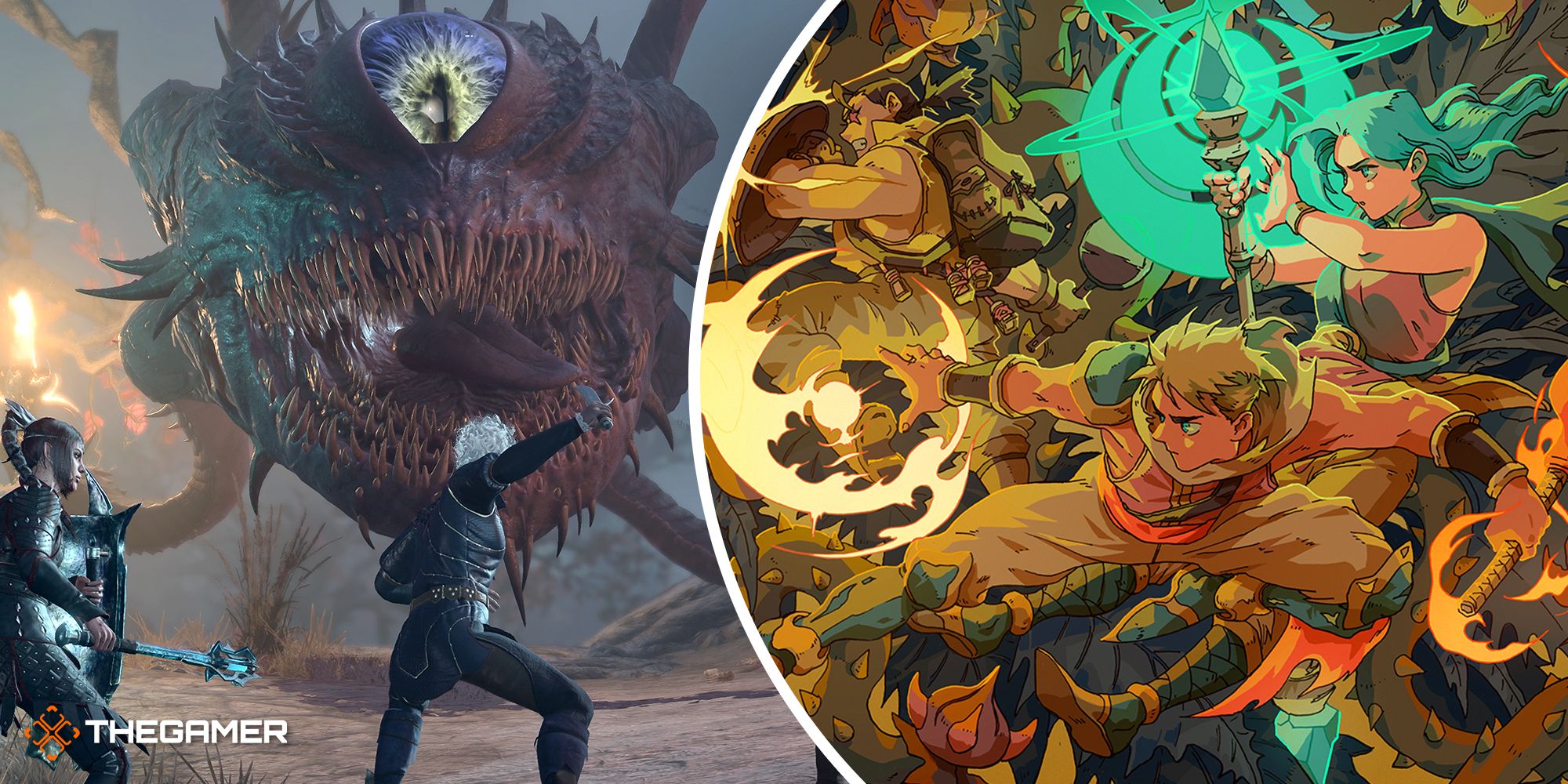On the surface, RPGs don’t get much more different than Sea of Stars and Baldur’s Gate 3.
Larian Studios’ sprawling isometric masterclass represents the Western school of design at its crunchiest, with on-screen die rolls, the constant threat of encumbrance, and limitless opportunities for roleplay. And, while created by a Canadian studio, Sea of Stars borrows from some of the best Japanese RPGs ever made, like Chrono Trigger, Final Fantasy 6, and Golden Sun. One has tactical turn-based combat, the other has traditional turn-based combat. One lets you choose everything about your character, the other only lets you choose between playing a boy or a girl.
They’re excellent examples of the very best that can be achieved with two completely different philosophies of game design. But, when it comes to their combat, they work in very similar ways.
In both Sea of Stars and Baldur's Gate 3, it never feels like you're engaged in combat encounters that the developers haven't thought deeply about. Both employ my favorite approach to RPG encounter presentation, with enemies visible in the world before you reach them. In both, you might still get ambushed if you're moving too quickly, but you can also get the jump on opponents if you’re clever. Baldur’s Gate 3 even lets you scout out the area ahead of you with one character (or a spectral summoned hand) before committing to taking your whole party in that direction. And, you can always reload a save from before the battle if you don't feel like being that cautious all the time.
Both games make me feel like I’m being taken care of by their developers, even as those same devs send terrible little creatures to kick my ass. RPGs rarely feel as authored as these games. Even in great titles like Marvel’s Midnight Suns you see variations on the same kinds of encounters over and over. Similarly, I’m enjoying Octopath Traveler 2, but when a game throws random encounters at you as often as that one does, it guarantees that they can’t all be memorable.
But, in Baldur’s Gate 3, I’m seeing new opponents in basically every battle. Last night, after arriving in the Shadow-Cursed Lands, I fought a creature with the head of a man and the body of a spider who could make himself immune to magic and rapidly skitter around. The next encounter was a bunch of little assholes who could garrote my party — preventing spellcasting — and teleport them all over the battlefield, evading my other characters. Then I hit a fight against literal shadows who could turn invisible and disappear into the darkness around the arena. None of these fights felt remotely the same, which meant that the game was constantly pushing me to dig deeper and change up my strategies.
Sea of Stars doesn’t mix it up quite as often, but it does keep introducing new enemies with cool abilities until the very end. Each has different attacks and each attack has different timing which means that you’re always learning and can’t settle in completely. This is what I want from RPGs, and games in general. I want to keep thinking until the very end.


